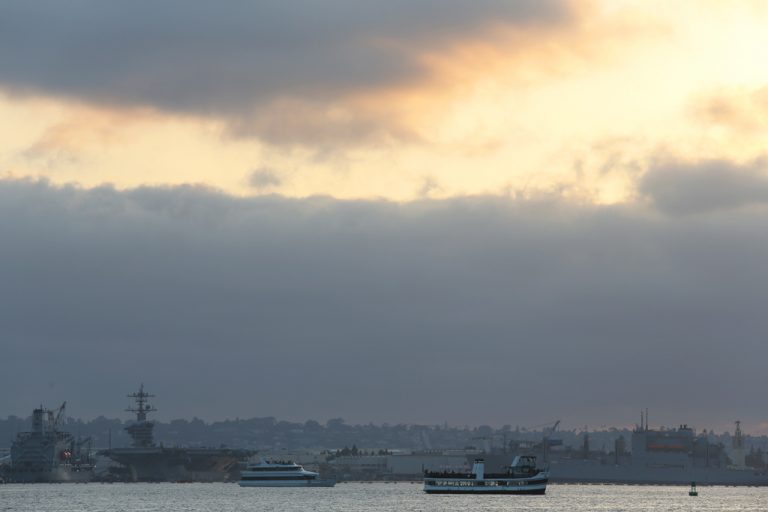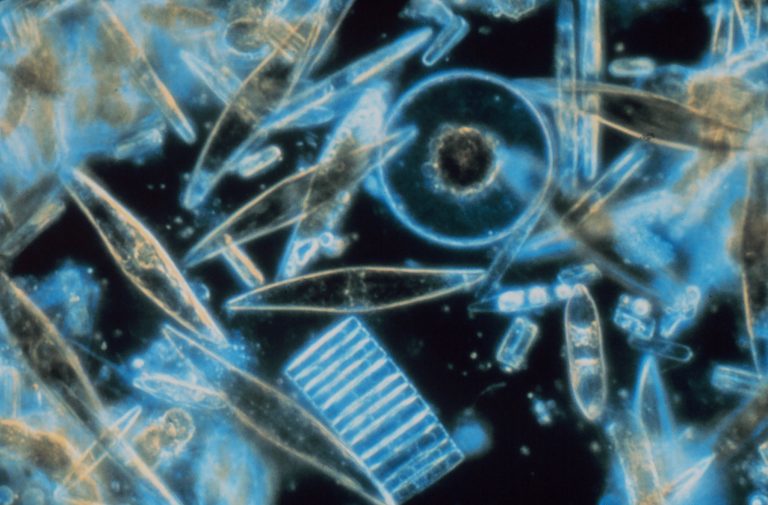Log Post: No Man’s Sea
As the third largest port on California’s coast, San Diego Bay showcases the grip of humanity’s hands on the ocean. From our location, we can see the domineering San Diego-Coronado bridge, flanked by multiple aircraft carriers. We watch as commercial shipping vessels loaded down with cargo make their way into port. But for all of … Continued









